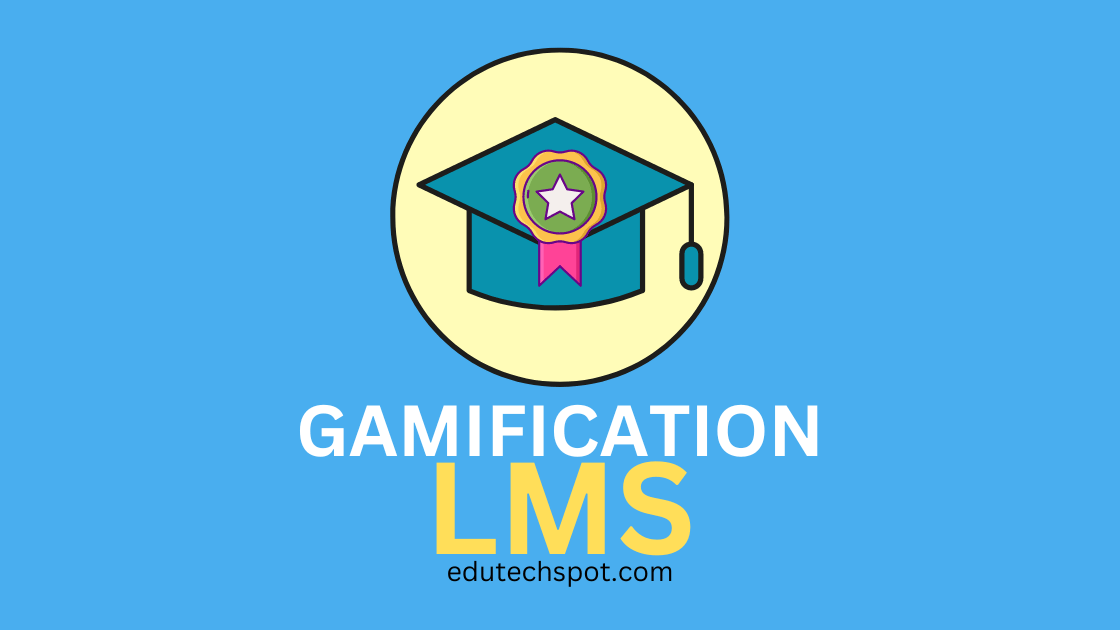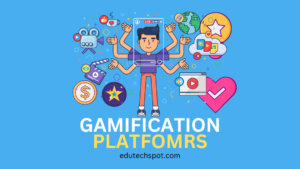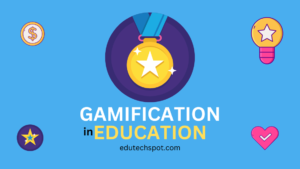As digital learning continues to gain more traction in classrooms and workplaces alike, the need for effective Learning Management Systems (LMS) has become increasingly important. However, even the most well-designed LMS can fall short if learners lack engagement and motivation. This is where gamification comes in. By incorporating game-like elements into the learning experience, gamification has been shown to improve learner engagement, motivation, and retention. In this article, we’ll explore the benefits of gamification in LMS performance, how it can improve learning outcomes, and offer some tips on how you can successfully integrate gamification into your digital learning strategies. So, get ready to level up your LMS game with gamification!
Benefits of Gamification in LMS
Gamification has become increasingly popular in recent years, with many companies and organizations turning to gamification to improve their LMS performance. So, what are the benefits of gamification in LMS? Firstly, gamification can improve learner engagement. By incorporating game-like elements such as points, badges, and leaderboards, learners are more likely to stay engaged and motivated throughout the learning experience. Secondly, gamification can improve learning outcomes. By providing learners with immediate feedback and rewards, learners are more likely to retain information and apply it in real-world situations. Finally, gamification can improve learner retention. By making the learning experience more enjoyable and interactive, learners are more likely to remember what they have learned and continue to use it in the future.
Research has shown that gamification can be an effective way to improve LMS performance. For example, a study by TalentLMS found that gamification can increase learner engagement by up to 40%. Another study by the eLearning Industry found that gamification can improve learner retention by up to 90%. These statistics highlight the potential benefits of gamification in LMS and demonstrate why it has become such a popular strategy for improving digital learning.
Gamification Elements to Include in LMS
So, what gamification elements should you include in your LMS program? There are several key elements that have been shown to be effective in improving learner engagement, motivation, and retention. Firstly, points and rewards are a great way to incentivize learners and provide them with immediate feedback. Learners can earn points for completing tasks, answering questions correctly, or achieving certain milestones. These points can then be used to unlock rewards such as badges, certificates, or even tangible rewards such as gift cards.
Secondly, leaderboards are a great way to foster healthy competition among learners. By displaying the rankings of learners on a leaderboard, learners can see how they compare to their peers and strive to improve their performance. This can be especially effective in team-based learning environments where learners can work together to climb the leaderboard.
Thirdly, progress bars are a great way to motivate learners and provide them with a sense of accomplishment. By displaying the progress of learners through a course or program, learners can see how far they have come and how much further they have to go. This can be a great way to keep learners motivated and engaged throughout the learning experience.
Building a Gamified LMS Program
Now that you know the benefits of gamification in LMS and the elements you should include, how can you build a gamified LMS program? Firstly, you need to define your learning objectives and identify the areas where gamification can be most effective. For example, if you want to improve learner retention, you may want to focus on incorporating more immediate feedback and rewards.
Secondly, you need to choose the right gamification elements for your program. This will depend on your learning objectives and the preferences of your learners. For example, if your learners are competitive, you may want to focus on incorporating leaderboards and rankings.
Thirdly, you need to design your gamified LMS program. This involves creating a user-friendly interface, designing the game-like elements, and integrating them into the learning experience. You may also want to consider adding multimedia elements such as videos, images, and interactive quizzes to make the learning experience more engaging.
Measuring the Effectiveness of Gamification in LMS
Once you have built your gamified LMS program, how can you measure its effectiveness? There are several key metrics you can use to measure the impact of gamification on your learners. Firstly, you can measure learner engagement by tracking the amount of time learners spend on the platform, the number of activities they complete, and the number of points they earn.
Secondly, you can measure learner retention by tracking the number of learners who complete the program, the number of learners who return for additional learning, and the number of learners who apply what they have learned in real-world situations.
Thirdly, you can measure the impact of gamification on learning outcomes by assessing the knowledge and skills of learners before and after the program. This can be done through quizzes, assessments, and other forms of testing.
Gamification Tips for LMS Success
So, how can you ensure the success of your gamified LMS program? Here are some tips to get you started:
– Start with clear learning objectives. Define what you want your learners to achieve and identify the areas where gamification can be most effective in achieving those goals.
– Choose the right gamification elements for your program. This will depend on your learning objectives and the preferences of your learners.
– Design a user-friendly interface. Make sure your gamified LMS program is easy to navigate and use, with clear instructions and feedback.
– Provide immediate feedback and rewards. Learners are more likely to stay engaged and motivated if they receive immediate feedback and rewards for their efforts.
– Make the learning experience fun and interactive. Incorporate multimedia elements such as videos, images, and interactive quizzes to make the learning experience more engaging.
Examples of Companies Using Gamification in LMS
Many companies and organizations have successfully incorporated gamification into their LMS programs. For example, IBM used gamification to improve the training of their sales representatives. By incorporating game-like elements such as leaderboards, badges, and rewards, IBM was able to increase learner engagement and improve learning outcomes.
Another example is Duolingo, a language learning app that uses gamification to motivate learners. Duolingo incorporates game-like elements such as points, rewards, and leaderboards to make the learning experience more engaging and fun.
Gamification Tools and Software for LMS
There are several gamification tools and software available that can help you build a gamified LMS program. Some popular options include:
– Kahoot!: A game-based learning platform that allows you to create quizzes, surveys, and games to engage learners.
– Classcraft: A gamified learning management system that allows you to create a game-like environment for your learners.
– BadgeOS: A plugin for WordPress that allows you to create badges and achievements for your learners.
Conclusion
Gamification has become an increasingly popular strategy for improving LMS performance. By incorporating game-like elements into the learning experience, gamification can improve learner engagement, motivation, and retention. However, building a successful gamified LMS program requires careful planning, design, and implementation. By following the tips and best practices outlined in this article, you can successfully integrate gamification into your digital learning strategies and level up your LMS game!



